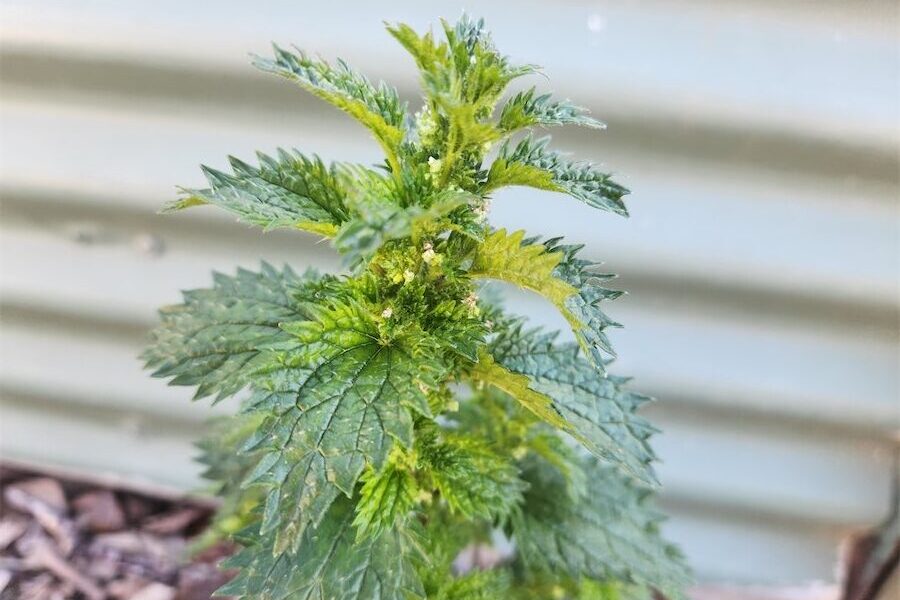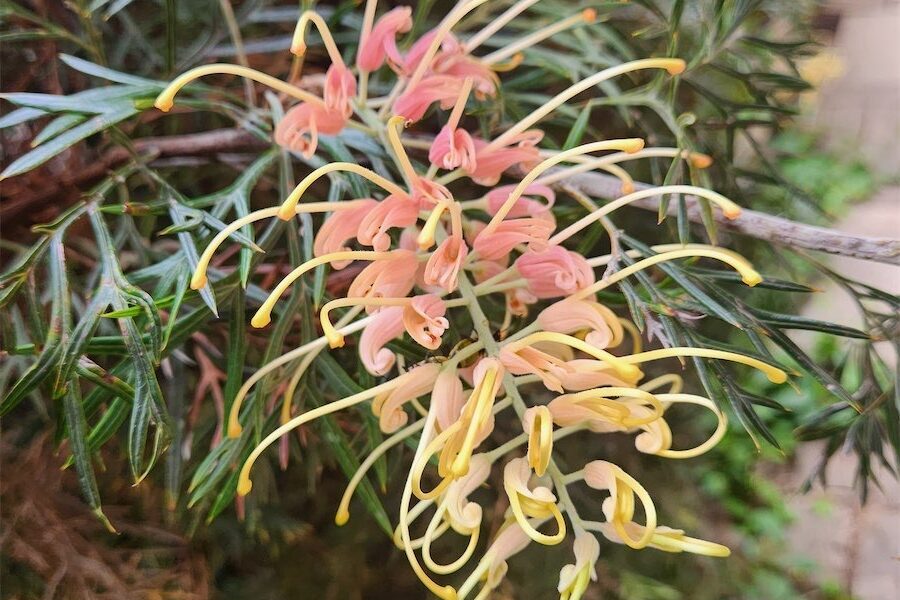
There’s some good news and some bad news about having nettles in the garden. Let gardening columnist JACKIE WARBURTON enlighten you…
Stinging nettles are small plants that grow quickly in wet, winter soils and spread, unwanted, to all areas of the garden if not kept under control.

They grow by rhizomes under the ground and self-seed. Disturbing the rhizomes results in more plants growing, so thorough removal will be needed to eradicate them completely.
Having nettles in the garden indicates high fertility and nitrogen content in the soil so, once they’ve been pulled out, roots and all, this makes the perfect place to plant lettuces, Asian greens or spinach.
In the kitchen, nettles can be a delicacy to make soups, pesto or even nettle pasta, but can only be eaten when cooked. They are unsafe to eat raw.
They have hairlike barbs on the leaves and stems and will give a good sting if touched or by inadvertently brushing against one. A little baking soda and water will neutralise the sting and lessen the pain, which can last a day or so.

THERE are a lot of flowering natives putting on a show right now. One of my favourites is Grevillea “Peaches and Cream”, a low-maintenance shrub that grows to 1.5 metres, but needs a protected spot to grow well.
It has a two-toned flower that lasts for many months on the bush and, like all grevilleas, needs a native fertiliser that’s low in phosphorus and good drainage.
It can be grown as an informal hedge or screening plant with the bonus of winter flowers that are attractive to bees and nectar-feeding birds.
Grevilleas can die if they have too much water and too much care! Only water until the plant is established. Keep it on the drier side to grow well.
A grafted grevillea grows better in our Canberra clay soils. Or choose a variety that doesn’t mind clay soils, such as Grevillea “Lady O” that puts on a show of magnificent red flowers for many months through winter.
If Grevilleas have browning leaves, the drainage needs to be improved straight away. Most grevilleas can be hard to bring back once they begin to die.
All grevilleas benefit from a little iron chelates in the soil in spring to prevent the leaves from yellowing. Overall, they’re a set-and-forget plant that doesn’t like to be fussed over.
NOW we’re on the good side of winter, it’s rose-pruning time.
Roses should be pruned as late as possible because once they’re pruned, they begin to shoot. With frost still around until early November, the new shoots can be burned by the frosts and affect the spring flush of flowers.
There are many pruning techniques that are required for different roses and knowing if you have climbers, old roses or modern roses will determine their pruning styles.
It is too early to fertiliser roses as the soil is too cold and will be wasted. Our soils in Canberra don’t start to warm until October. That’s the time to sprinkle a little rose fertiliser at the base of the plant and water it well. Roses are heavy feeders and benefit from fertiliser in spring, summer and autumn.
Jottings
- Fertilise winter bulbs as they grow and begin to flower.
- Deadhead pansy and violas to keep them flowering.
- Remove winter grass, bindi and clover from self-seeding in the lawn.
- Keep watering broad beans while flowering and forming edible pods.
Who can be trusted?
In a world of spin and confusion, there’s never been a more important time to support independent journalism in Canberra.
If you trust our work online and want to enforce the power of independent voices, I invite you to make a small contribution.
Every dollar of support is invested back into our journalism to help keep citynews.com.au strong and free.
Thank you,
Ian Meikle, editor





Leave a Reply